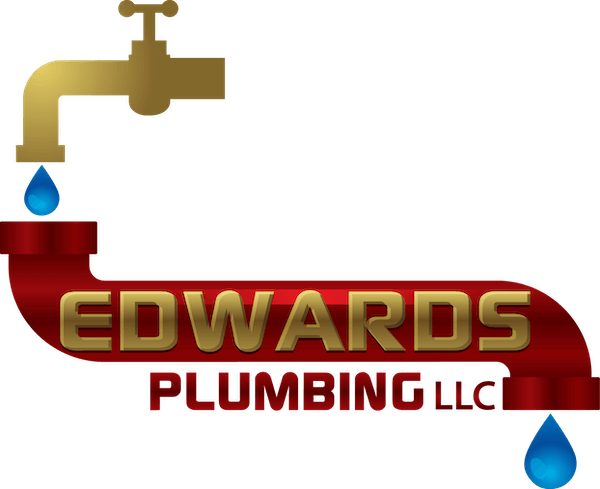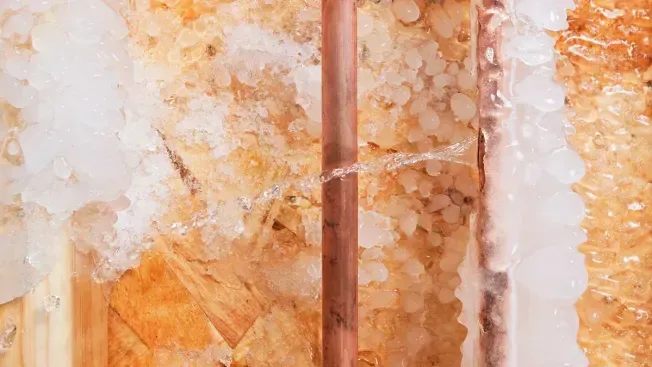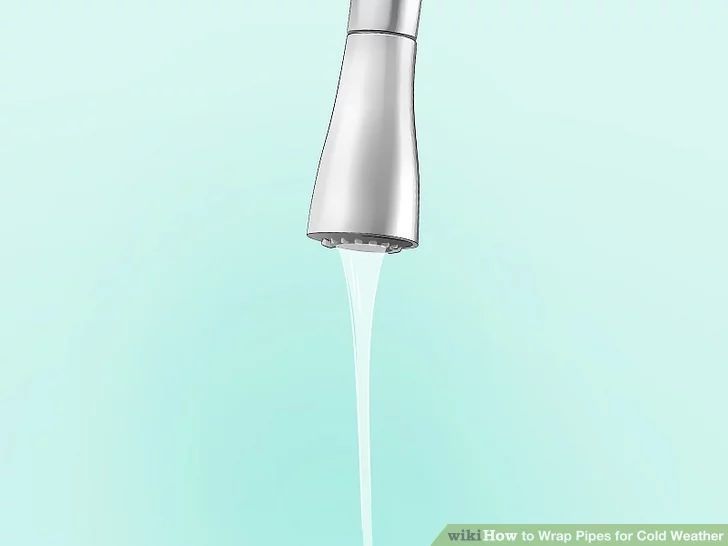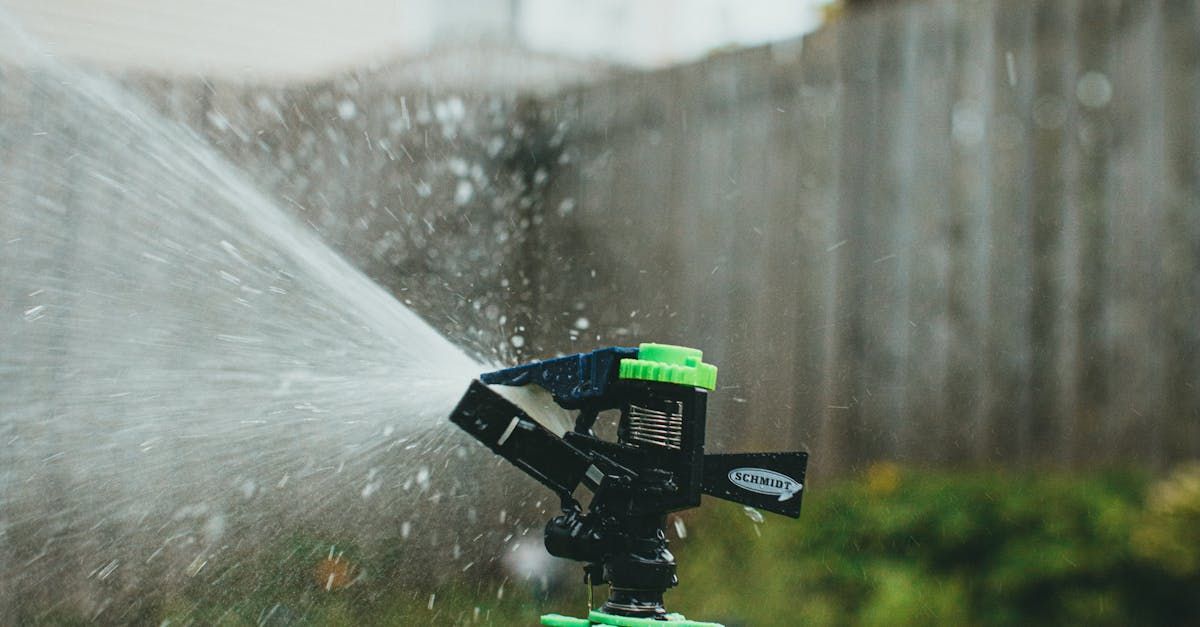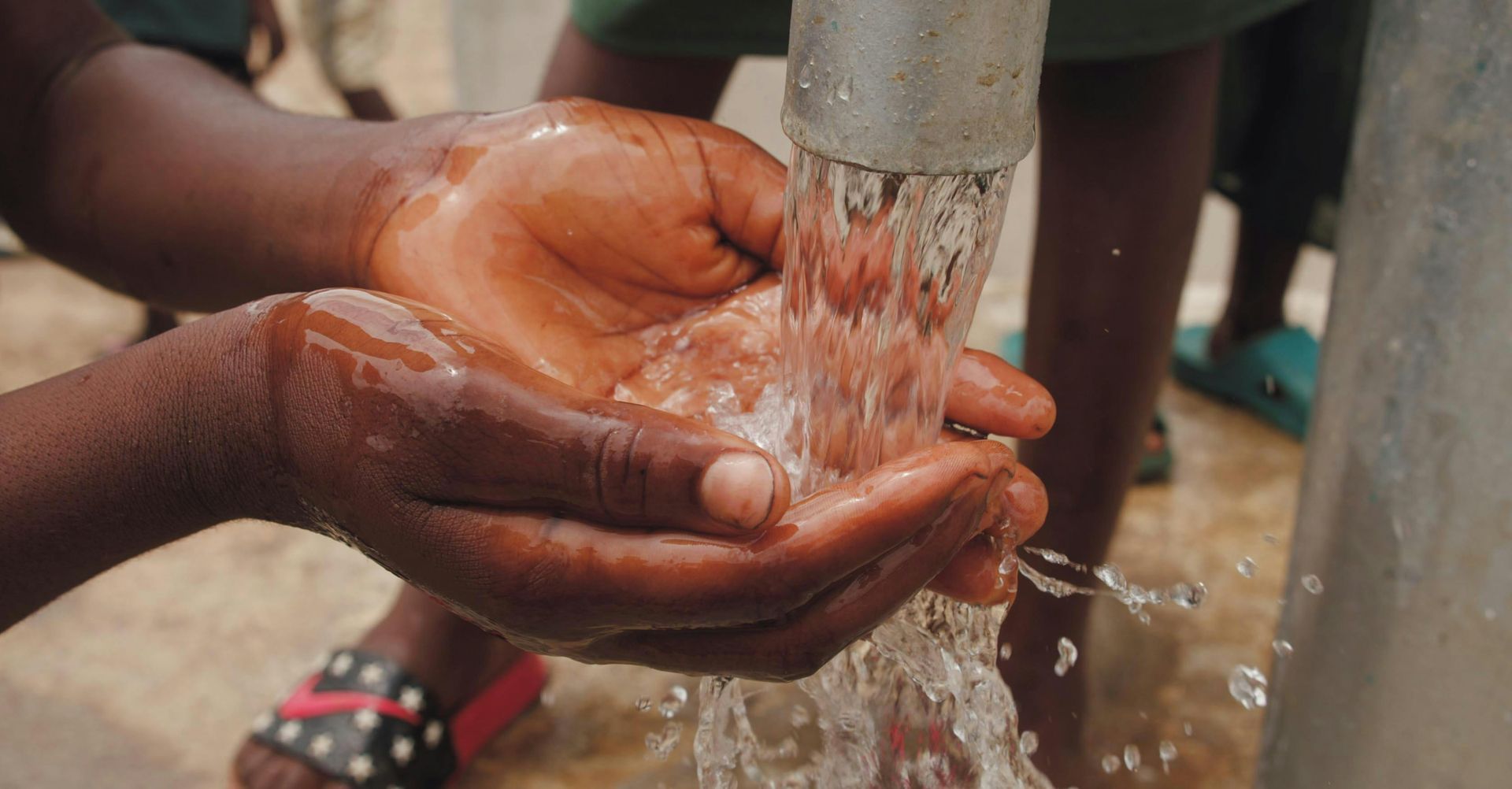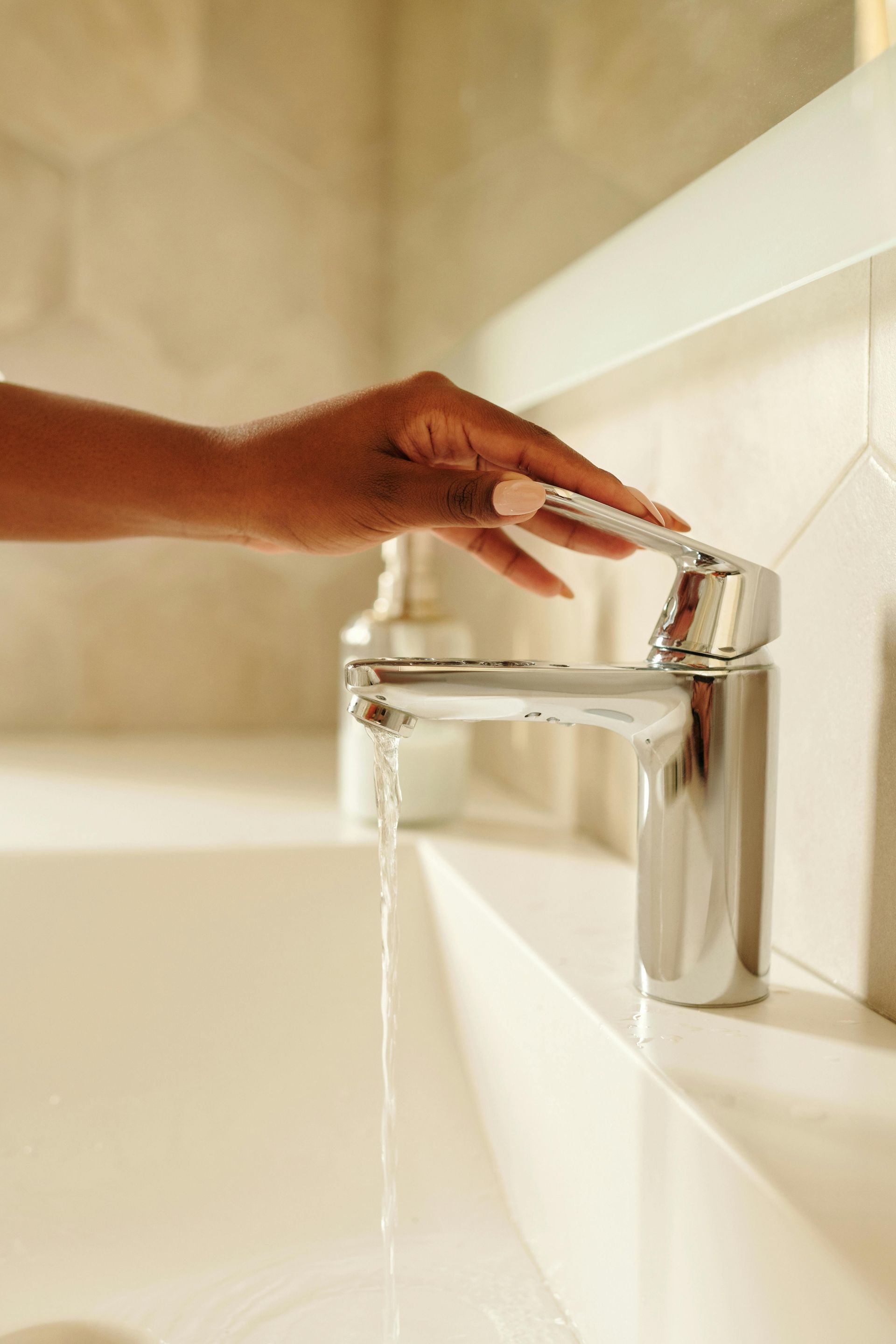Frozen pipes are more than just a winter nuisance. They pose a serious threat to your home and safety.
When water freezes, it expands. This expansion can cause pipes to burst, leading to significant water damage.
But it's not just about the potential for a flooded basement or ruined drywall. The aftermath of a
burst pipe can also lead to mold growth, a risk to your health.
In this article, we'll explore why frozen pipes are so dangerous, how to prevent them, and what to do if they occur. Stay tuned for practical advice to safeguard your home this winter.
Photo By: Consumer Reports
The Science Behind Frozen Pipe Hazards
When temperatures drop, the water inside pipes can freeze quickly. The science behind this is simple yet impactful. As water turns to ice, it expands and puts tremendous pressure on the pipe walls.
Even strong pipes can crack or burst under this strain. This sudden rupture can cause water to spill into your living space, resulting in costly repairs. Understanding this process highlights why early prevention measures are so crucial for every homeowner.
At What Temperature Do Pipes Freeze?
Pipes typically freeze when temperatures fall to 20 degrees Fahrenheit or below. At this point, water within the pipes starts to solidify, creating a blockage.
However, exposed pipes might freeze even in slightly warmer conditions. Factors like wind chill and pipe placement impact the freezing temperature. Ensuring that your pipes are insulated can prevent such occurrences.
Why Do Pipes Burst in the Winter?
When water freezes, it expands. This expansion increases pressure inside pipes, leading to cracks or bursts.
Once the ice melts, water leaks from these damaged sections. This can result in significant flooding and costly damage. Understanding
why pipes burst emphasizes the importance of preventative measures. Protecting your home from winter hazards is crucial to avoiding such disasters.
Preventing Frozen Pipes: Insulation and Safety Measures
The best way to avoid frozen pipes is through proper insulation. Covering pipes with insulation can significantly reduce the risk of freezing.
Knowing
how to wrap pipes correctly is essential. Ensure materials like foam pipe sleeves are used to cover exposed sections.
For
water piping insulation, use high-quality insulation products. Don't forget to add
hot water heat pipe insulation for additional protection. This helps maintain a consistent temperature around the pipes, preventing them from freezing. Taking these steps can save you from costly repairs and water damage.
Photo By: WikiHow
How to Keep Pipes from Freezing Without Heat
Sometimes, heat isn't available during cold snaps. Still, there are ways to prevent pipes from freezing. Simple measures can provide effective protection.
Consider these methods to maintain water flow and prevent freezing:
- Letting faucets drip: This keeps water moving and reduces pressure buildup.
- Using space heaters safely: Place them near pipes to provide warmth, ensuring they are used in a safe manner.
Thawing Frozen Pipes: Do's and Don'ts
If a pipe freezes, act quickly but carefully. Thawing it correctly can prevent further damage. Choosing the right approach is crucial for frozen pipes safety.
Below are some safe thawing methods and common pitfalls to avoid:
- Safe thawing methods: Use a hairdryer or heat tape to gently warm pipes.
- Dangers of improper thawing: Never use open flames or torches, as they can damage pipes or cause fires.
Taking the right measures ensures that pipes are restored without incident. Safety should always be the primary focus.
The Cost of Complacency: Damage and Repairs
Failing to address frozen pipes can lead to serious consequences. A burst pipe can release gallons of water, causing extensive water damage. This might result in costly repairs to walls, floors, and personal belongings.
Ignoring this risk can also result in mold growth. Mold remediation is expensive and challenging. Preventive measures and prompt action are more effective and far less costly than dealing with these aftermaths.
Conclusion: Frozen Pipe Prevention Checklist
At Edwards Plumbing, we know that preventing frozen pipes is essential for protecting your home. With winter’s chill upon us, being proactive can save you from extensive water damage and costly repairs.
To help safeguard your plumbing, follow this handy checklist:
- Wrap pipes in cold-prone areas to prevent freezing.
- Insulate both hot and cold water pipes using high-quality insulation materials, particularly focusing on how to wrap pipes effectively.
- Seal any gaps and cracks in walls to keep cold air from reaching your plumbing.
- Let faucets drip during extreme cold temperatures to maintain water flow and reduce pressure buildup.
Understanding at what temperature pipes freeze and taking preventative measures like water piping insulation are crucial in avoiding the dangers of frozen pipes. If you have concerns about how to keep pipes from freezing without heat, the experts at Edwards Plumbing are just a call away!
Don't hesitate to reach out for a professional inspection or consultation on thawing frozen pipes or any plumbing concerns. With Edwards Plumbing's reliable services, you can ensure your home remains safe and sound all winter long.
Contact us today to learn more about our comprehensive plumbing solutions!
TELL US ABOUT YOUR PLUMBING PROJECT
Proudly Serving:
East Stroudsburg | Stroudsburg | Marshalls Creek | Bushkill | Tannersville | Bartonsville | Snydersville | Pocono Summit | Pocono Manor | Pocono Pines | Brodheadsville | Tobyhanna | Mt. Pocono | Saylorsburg | Pen Argyl | Effort | Easton | Lehighton | Lake Harmony | Pocono Lake | Kunkletown | Kresgeville | Gilbert | Long Pond | Jim Thorpe | Albrightsville | Blakeslee | and Other Surrounding Areas
Important Links
Contractor #: PA161379
Emergency Services Available
Shows that fifty or more customers have take the time to review our business. That's no small feat. This badge shows homeowners we're making an impression.
All Rights Reserved | Edwards Plumbing LLC | Powered by Quantifi Media
